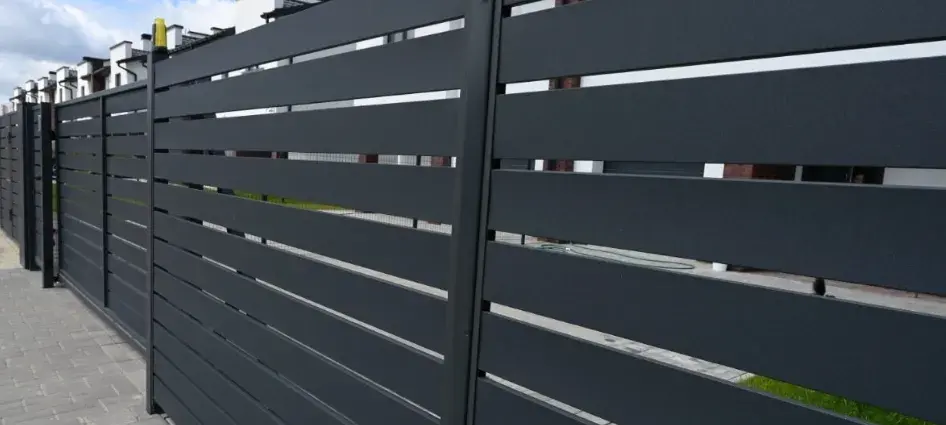The installation of aluminum fences, a process marked by methodical precision and adherence to local building codes, begins with a thorough site assessment followed by meticulous layout planning to ensure alignment and stability. Anchoring the posts securely into the ground forms the backbone of the structure, subsequent to which, the horizontal rails and panels are systematically attached. The inherent benefits of aluminum, including its resistance to corrosion and minimal upkeep, make it a prime choice for both residential and commercial properties seeking longevity and aesthetic charm. However, the true value of aluminum fencing can be fully appreciated only when the nuances of its installation are understood in detail.
Installation Steps for Aluminum Fences
Installing an aluminum fence involves a systematic approach that guarantees durability and aesthetic appeal. The process begins with a thorough site survey to confirm the layout aligns perfectly with the property boundaries and meets local building codes. This initial step is vital as it impacts all subsequent stages of installation.
Following the survey, precise measurements are taken. This detail-oriented task is necessary for custom-cutting the aluminum panels to the exact dimensions required, ensuring a seamless fit that enhances both security and aesthetics. The significance of accurate measurements cannot be overstated, as even minor errors can lead to significant issues during assembly.
The next phase involves the setting of posts. These are typically anchored into the ground using concrete, providing a sturdy foundation for the fence. It is essential that each post is perfectly vertical and spaced at uniform intervals according to the specifications. This precision guarantees the structural integrity of the fence and its resistance to environmental stresses.
Once the posts are secured and fully cured, the aluminum panels are attached. Special attention is given to the hardware and connectors, selecting only those of the highest quality to prevent corrosion and wear over time.
Benefits of Choosing Aluminum Fences
After exploring the detailed steps involved in installing aluminum fences, it’s vital to contemplate why they are a superior choice for both residential and commercial properties.
Aluminum fencing stands out primarily for its durability and low maintenance requirements. Unlike iron or steel, aluminum does not rust, guaranteeing it remains visually appealing and structurally sound over years of exposure to various weather conditions. This inherent resistance to corrosion translates to lower lifecycle costs as it reduces the need for frequent repairs or replacements.
Moreover, aluminum fences offer remarkable flexibility in design. Available in a wide range of styles, from classic picket to contemporary panels, aluminum can be tailored to enhance the aesthetic appeal of any property. This customization allows property owners to create a sense of belonging and community by selecting designs that complement the local architectural themes.
Additionally, aluminum is lightweight, making it easier to handle during installation and reducing the overall labor costs. Its strength-to-weight ratio also ensures robust protection and security, an essential aspect for any fencing solution.
Choosing aluminum fences not only enhances property value through improved aesthetics and durability but also fosters a sense of security and community belonging. These attributes make aluminum an excellent choice for those looking to invest in long-term property enhancements.
Read more

